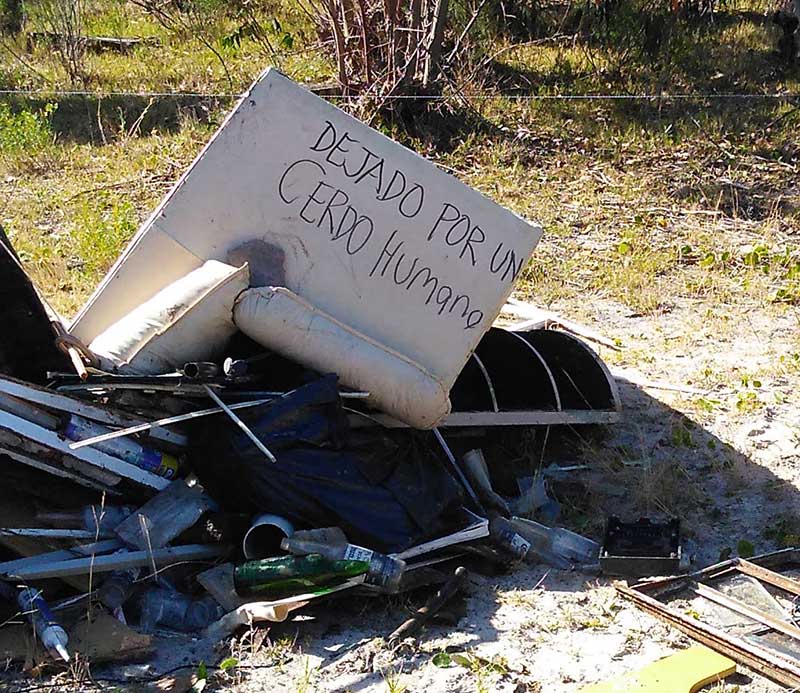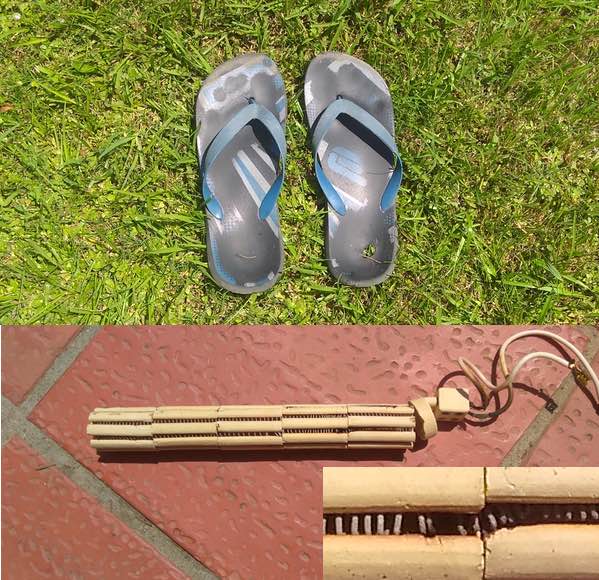I was talking with a woman in the feria (street market) yesterday, who wanted to know where I was from and what I thought of Uruguay. It’s very tranquilo, she said, a common theme and indeed what made the country so attractive to us, especially after the noise and chaos of Mexico.
But there’s a flip side to that tranqui attitude, which is a lack of situational awareness. People block the entrance and exit of the supermarket as they stop to chat, completely unaware of anyone else; drivers at speed follow the car before them at a distance of 1/2 second, guaranteeing catastrophe should anything unexpected occur; pedestrians step into the street and then look to see if there might be approaching traffic.
And I don’t know if this is uniquely Uruguayan — I can imagine it’s more a Latin American thing — there are the supermarket aisles. More than once I’ve tempted to tap the shoulder of a Tienda Inglesa employee stocking shelves, and point out that if they moved their shopping cart just 20 cm this way they could block the entire aisle, instead of just 75% of it. But alas, sarcasm is not a thing here.
Here’s a recent gem.

A store employee has lost interest in stocking shelves, and despite the wide aisles of Tienda Inglesa (unlike Disco), manages to leave the shopping cart in exactly the place where it can maximally obstruct traffic. The fact that the store was relatively empty at the time might have influenced this “thinking.”
But more likely, there was simply no thinking at all. Just wandered off to some other task, or mate break, or ….










